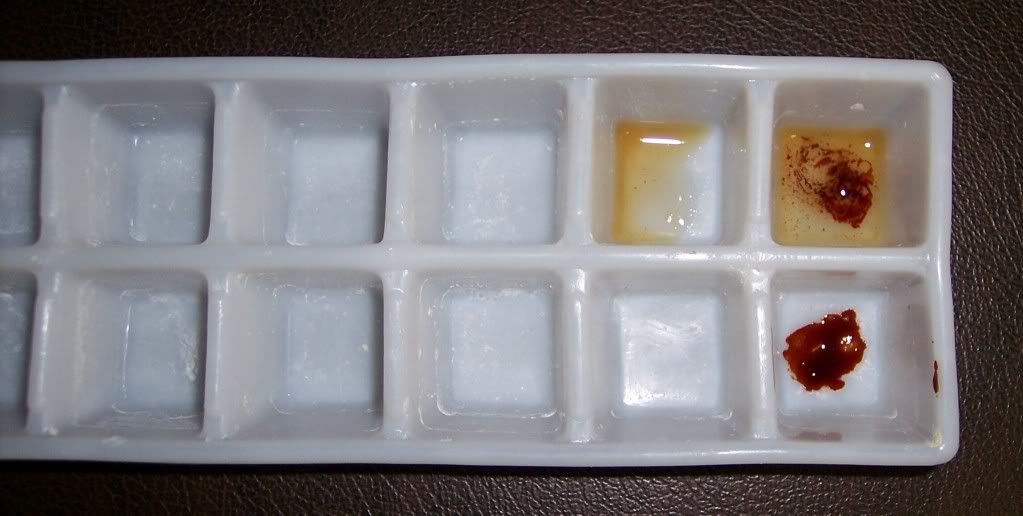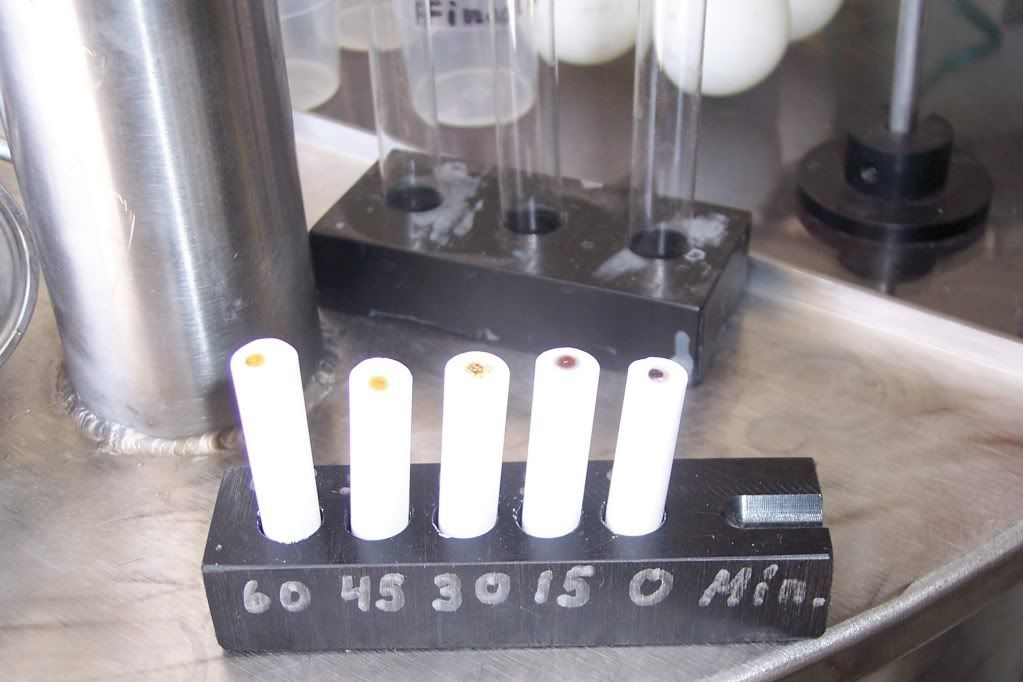Iodine can only indicate wether or not there is starch present in a solution. We can not tell how fermentable the wort is until after fermentation is complete. As was said, this doesn't indicate if long or short chain sugars are present, just that there is sugar. No tool that a homebrewer, or microbrewers that I know, has can determine that. You would need a dedicated lab with appropriate equipment and training for that. Iodinde tests are an important part of the brewing process to determine conversion, and an easy thing you can do to be consistant.
A refractometer is used to determine a concentration of a given solution, and it is calibrated based on a pure solution. It doesn't matter what it's intended use is it will give a reading based on a physical constant of the refractability of a particular solution (sugar, starch, coolant, etc).
The beauty of a refractometer is you don't need to take a sample and chill it for an accurate reading. The small amount required will cool down fast enough to give an accurate reading. This means you can pull a sample from any part of the brewing process, pre-fermentation. You need a hydrometer for post fermentation gravity readings.
Hydrometers measure the gravity of a solution. Again, the hydrometer doesn't care what is in the solution wether it is salt or sugar or sand or dirt or anything. All it is telling you is the density of a liquid compared to pure water @1.000.
Dissolved salts in your brew water will have an effect on SG. Test your hydro with distilled water and with your city water. there will be a difference.
We as brewers assume that the only thing effecting the gravity reading is sugar, which is mostly true. Yes the TDS (total dissolved solids, usually mineral content) will have an effect on the reading but they usually, unless you have uber hard water, make up roughly .001% to .05% of the solution, which will really not play into your SG readings enough to matter. We aren't supposed to worry about these things, remember?
For the OP and anyone else out there in radio land I'm going to be brewing a pilsner this evening so I will do a series of iodine tests to show how it is done and what it looks like because everybody new seems to be lost when it comes to iodine. There will be pictures at least, and I will be taking video of the process and hopefully will have those uploaded shortly thereafter.
P.S. All the pro brewers I've met use a refractometer, hydrometer, and iodine in the same exact way we would. *





